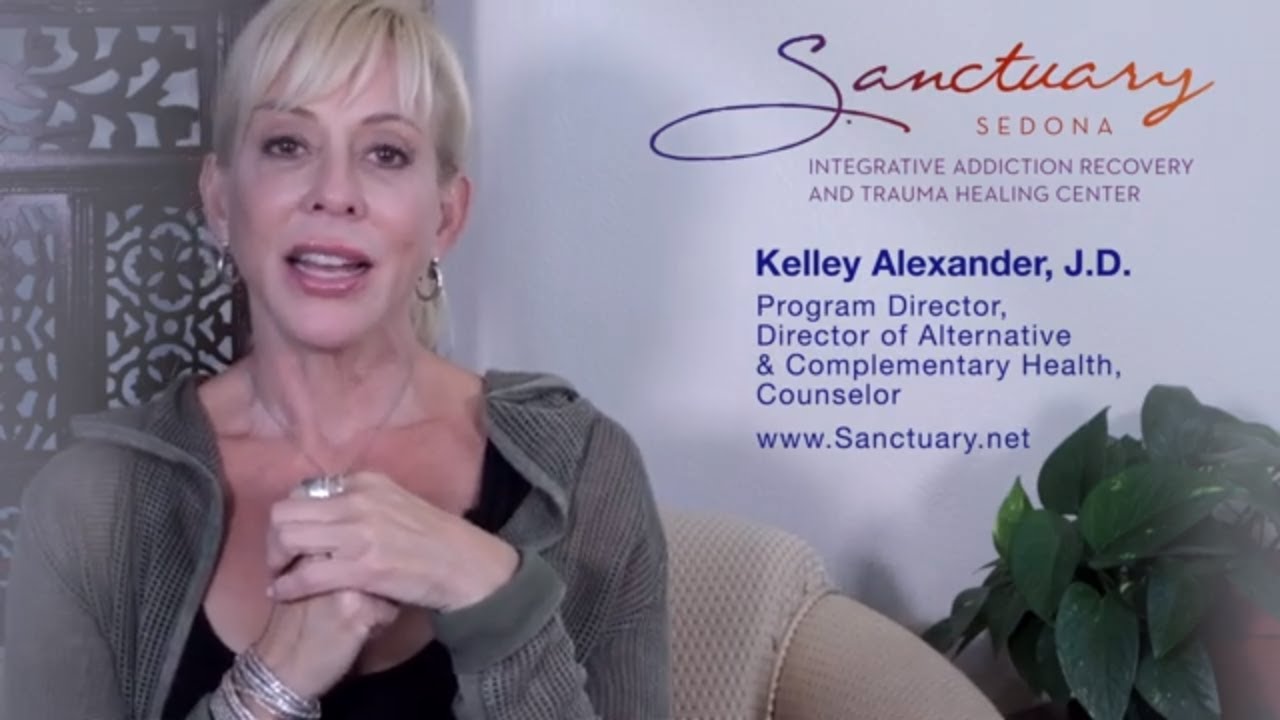All-Inclusive Holistic Anxiety Treatment Program
At The Sanctuary, every therapy and activity offered work harmoniously together to provide our clients with a comprehensive anxiety treatment that heals the body, repairs the brain and recovers the soul. Why should you pay extra for alternative therapies that we know will benefit your healing journey?
Our all-inclusive anxiety treatment center offers more clinical therapy hours, more individual and group sessions, more integrative treatments and more comfort and beauty — all of which provide the best value to our clients.
Let’s explore what’s included in our specialized anxiety treatment program.
A Peaceful Setting and Luxury Amenities
Our first priority is providing a serene and peaceful setting to calm an overloaded nervous system and ease the body’s stress response. The Sanctuary campus is nestled in a remote location surrounded by the picturesque landscapes of Sedona, Arizona. This environment is the ideal setting to find hope and recover from anxiety.
We only accept 14 clients at a time, ensuring lots of individualized attention from our compassionate staff, who eat their meals with and regularly interact with guests. After a long day, you can work out your energy in our state-of-the-art fitness center or retreat to the luxurious comfort of your private room. Every detail, from the nutritious meals to the pristine grounds, is designed to promote healing and remove the stressors that cause anxiety.
Psychiatric and Medication Assessment
Prescription medications are not the backbone of our program. Our clinical team is headed by a board-certified psychiatrist who can review the medications you’re taking to make sure their use makes sense for you.
While medications may suppress anxiety symptoms long enough to help you get through the day or sleep through the night, they are habit-forming. Prescriptions cannot get to the heart of what’s causing your anxiety.
Every aspect of your care at The Sanctuary encourages natural, holistic healing — mind, body, soul and spirit. Bringing your whole being into a state of balance allows anxiety symptoms to subside organically.
Clinical Therapies for Anxiety
While you may understand your anxiety and may even have a formal diagnosis for your anxiety disorder, you may not yet understand the core issue that’s driving it. Anxiety symptoms are a secondary problem that points to a larger issue lying deep within.
To heal anxiety, we must find the source. This could include relationship issues, personal circumstances that do not align with your purpose or unresolved trauma.
Instead of one standardized solution, our team provides over 160 clinical treatment hours, including daily private and group sessions. You will engage in proven clinical therapies to help identify and challenge negative thought patterns, develop coping strategies and promote emotional regulation, such as:
Alternative Therapies for Anxiety
Our alternative holistic anxiety treatment program takes you through a comprehensive healing journey. Fear and trauma impact each of our clients in a highly personalized way. Our integrative therapies complement more traditional clinical treatments to enrich your healing program and promote change on every level.
We connect you with various alternative therapies, including meditation, energy medicine, breathwork techniques and creative therapies. We also supply wellness treatments like nutrition classes, detoxification, supplement protocols and customized wellness IVs such as NAD+ therapy.
Call Us Today Contact Us

